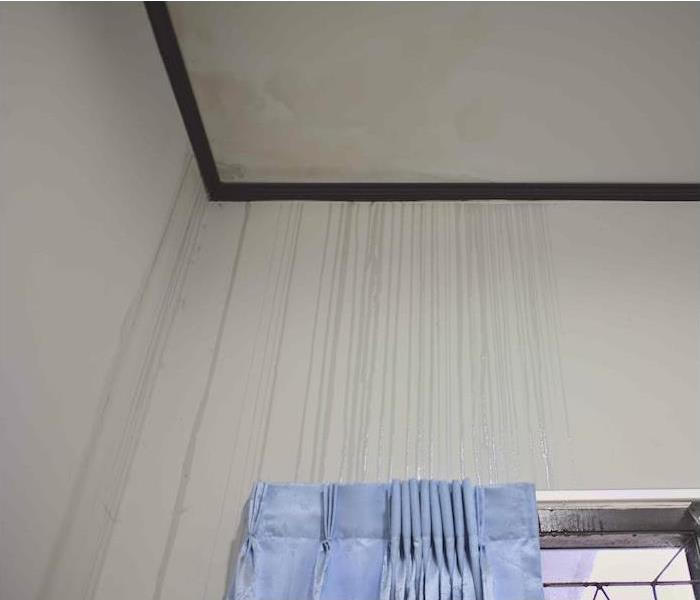Common Sources of Water Damage in the Home | SERVPRO® of Macon
9/8/2021 (Permalink)
 A water leak can turn into a big problem. Contact the SERVPRO of Macon team if you are dealing with any water damage.
A water leak can turn into a big problem. Contact the SERVPRO of Macon team if you are dealing with any water damage.
Water disasters are nothing that a homeowner looks forward to. Nobody wakes up and thinks, “Boy, I sure hope I get to deal with water damage today.” But water is always looking for a place to go, and any crack or crevice will do.
Educating yourself about the different places water can intrude into your home is smart! Let’s look at a few of the most common sources of home water damage:
Toilets. Toilet flappers can be leak-prone. The flapper is used every time the toilet is flushed. Many times, an audible sound of water running can be heard if the flapper is leaking.
Dishwasher supply line. Dishwasher have a supply line, tub and a drain system. All of these systems have the capability to leak. However, supply line leaks are particularly destructive because the water is under pressure. The supply line must be securely connected to the dishwasher and should be made of stainless steel.
Clogged gutters and ineffective slope. The water that falls on your roof drains into the gutter system. Debris-free and properly working gutters can carry the water into the downspouts and away from the home. Downspouts should be at least 24 inches away from your home, and the soil should be sloped away from your foundation. The final grade of a house should be sloped at least 1⁄2 inch per foot for 10 feet away from the house.
Separating shingles. Shingles can separate for any number of reasons. Storms, falling debris from trees, age and improper installation are a few. Shingles (and the roof in general) should be inspected quarterly and after a major storm.
Old clay piping. Clay piping has gone through some technological upgrades. However, many homes built before the 1980s may have clay piping that drains the household wastewater to the septic system or sewer. Clay pipes turn brittle with age and can fail. They are also susceptible to root intrusion.
Clogged disposal. Grease should be allowed to solidify and then tossed into the garbage. Grease down the drain is a recipe for a plumbing disaster and can be expensive to remedy. Degreasing a sewer line is best left to a professional.
It’s important to regularly inspect the systems that move water into—and out of—your home. Catching a problem before it turns into a disaster can save you time, money and stress.
If a water leak erupts into a big problem at home, you’ve got the best team in the business on your side. Contact SERVPRO today so we can get started.
SERVPRO of Macon is an emergency service company. We're available 24/7!


 24/7 Emergency Service
24/7 Emergency Service